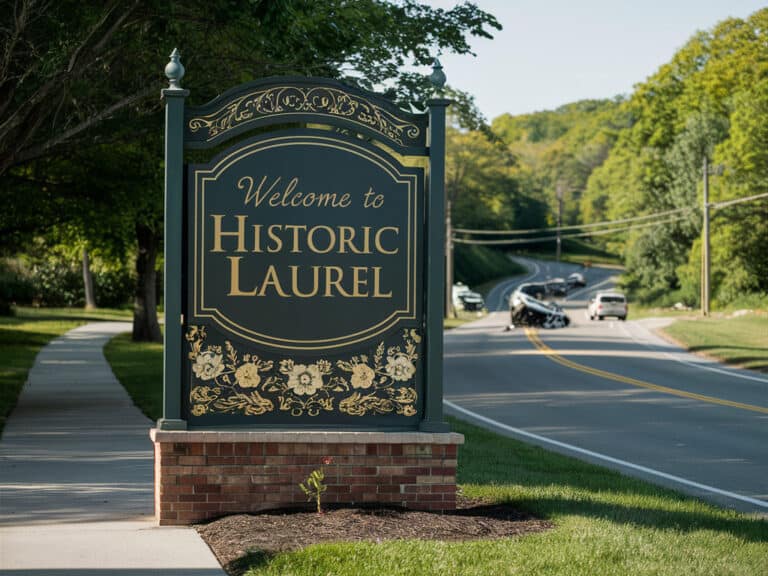- Auto Accidents
Many insurance companies throughout the United States adopted specific guidelines for dealing with auto accidents that resulted in minor property damage. Unfortunately, these guidelines were for the sole benefit of the insurance company. The guidelines were designed to decrease the amount of money the insurance company paid to settle claims related to minor impacts. However, the guidelines caused additional pain, suffering, and financial hardship for many accident victims.
The MIST Guideline for Handling Minor Impact Car Crashes
In the mid-1900s, an insurance company developed the MIST strategy for handling minor impact auto accidents. The MIST or Minor Impact Soft Tissue guideline stated that it was unlikely that auto accidents involving little to no property damage would result in physical injuries to the vehicle’s occupants. Traffic accidents involving property damage claims of $1,000 or less would be adjusted for minimum compensation. The MIST guideline was to be used regardless of the medical evidence presented by the accident victim.
Studies and Reviews Related to the Correlation Between Minor Property Damage and Physical Injuries
Several studies and reviews of MIST have not provided any relevant data that would support the correlation between vehicle damage and occupant injury. In a study[i] published in 2005, the authors compared information from multiple databases regarding injury risk, injury severity, and duration of symptoms against the structural damage resulting from crashes occurring under 25 mph.
Even though a limited correlation between injury claims and crash severity was noted, the authors could not specifically state that the relationship was constant across all crash severities. Furthermore, other studies reviewed provided conflicting results regarding acute injury, but did not find a statistically significant correlation between long-term outcome and crash severity.
Therefore, the authors concluded that “property damage is an unreliable predictor of injury risk or outcome in low-velocity crashes.” The MIST guidelines did not appear valid for the prediction of injury in an auto accident.
In a technical paper[ii] published in 1997, the author used various models and mathematical equations to explain why the assumption that the amount of vehicle damage caused by a collision has a direct correlation to the degree of injuries sustained by vehicle occupants is false reasoning. The paper explains how minor vehicle damage can be a major contributing factor in injuries sustained by the vehicle’s occupants in a collision.
A comparative study[iii] published in 1998 reviewed information to determine if occupant injury can occur in low-speed rear-end collisions. After studying and synthesizing the data collected, the author concluded that there is a “lack of relationship between occupant injury, vehicle speed and/or damage.” The author did not find “an absolute speed or amount of damage a vehicle sustains for a person to experience injury.”
What Should You Do If There is Little to No Damage to Your Vehicle, but You Were Injured?
Documenting your injuries are crucial. Therefore, it is important to seek medical attention as soon as possible. Your physician can perform various diagnostic tests to diagnose your injury. A delay in medical care is often used by insurance companies to claim that you were not injured in the accident or your injuries are not as severe as you claim them to be now. Medical evidence is the key to proving you are injured.
Contacting a Maryland auto accident attorney as soon as possible can also give you an advantage. Insurance companies use any means available to gather evidence they can use against claimants to limit their liability. It is usually in your best interest to speak with a personal injury lawyer in Maryland before providing statements or signing documents for an insurance company, especially in cases that could be difficult to win. An attorney can help you avoid missteps that could hurt your chance of recovering compensation for your injuries and damages.
It is also a good idea to avoid posting information on social media or discussing your injuries or claim through email or text. Again, an insurance company may attempt to use any information it can find against you. A simple post or picture online could be misconstrued and used to hurt your claim.
Contact a Parkville Personal Injury Attorney for Help
If you have been injured in an accident, contact our office for a free case review. You can get the information you need to protect your legal rights.
Call Pinder Plotkin at 410-525-5337 for a free consultation with one of our Maryland auto accident attorneys.
___________________________________________________________________
[i] Correlating crash severity with injury risk, injury severity, and long-term symptoms in low velocity motor vehicle collisions. Arthur C. Croft, Michael D. Freeman. Med Sci Monit. 2005 Oct; 11(10): RA316–RA321. Published online 2005 Sep 26.
[ii] Robbins, M., “Lack of Relationship Between Vehicle Damage and Occupant Injury,” SAE Technical Paper 970494, 1997, https://doi.org/10.4271/970494.
[iii] Rear-end impacts: vehicle and occupant response. C. G. Davis. J Manipulative Physiol Ther. 1998 Nov-Dec; 21(9): 629–639.





